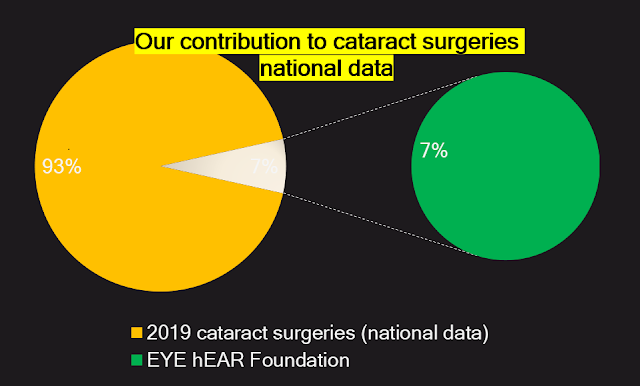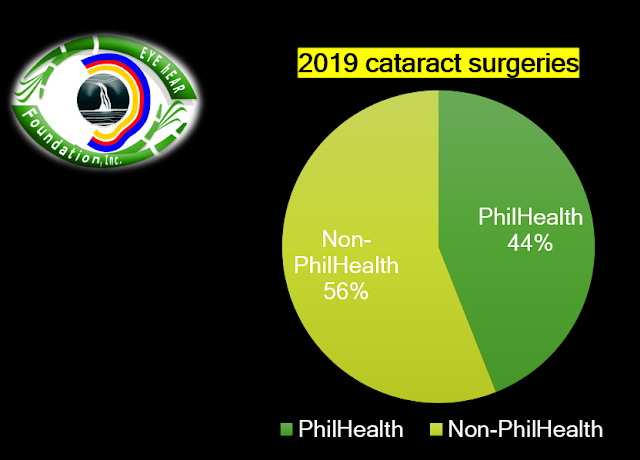Dear Friends and Benefactors,
Vision 2020: The Right to Sight is a global joint initiative of the World Health Organization and the International Agency for the Prevention of Blindness, with an international coalition of professional bodies, eye care institutions, Non Governmental Organisations and corporations. It aims to eliminate avoidable blindness worldwide by the year 2020.
In developing countries like ours, 60% of children will die within one year of becoming blind and the remainder will, on average, spend 40 years without sight. 90% of blind children receive no schooling and the majority will not grow up to achieve their full potential. Thus, blindness in children accounts for nearly 1/3 of the global economic cost of blindness, although it contributes less than 4% of its overall prevalence.
Many of the common causes of blindness are readily treated or prevented: an incredible 75% of blindness is avoidable. In children, vigilance and early intervention against blinding conditions is crucial.
We give priority to childhood blindness as every week about a hundred Filipino children go blind mostly due to poor nutrition, measles, ophthalmia neonatorum, cataract, glaucoma and retinopathy of prematurity/premature birth which are all preventable if treated in time. With early detection and treatment we could save a lot of children from losing their sight as well as from disability and poverty.
Uncorrected refractive errors, which are easily diagnosed and can be corrected with spectacles, are the most important cause of vision impairment in school-age children thus, the Cataract Foundation started with extensive school screening 2 years ago and have found a huge magnitude. They have been referred to our partner optometrists and were provided prescription glasses all funded for by the Foundation.
Some startling figures to stir us up:
- 37 million people worldwide are BLIND and 124 million have low vision
- 1.4 million children of the world are blind
- 75% of BLINDNESS is AVOIDABLE – either by prevention or treatment
- every minute a child goes blind
- every 5seconds someone goes needlessly blind
- every week around 100 Filipino children go blind or have serious visual impairment and the children most at risk are those 5 years old and below
- More than 450,000 people in the Philippines are blind; 62% of these cases are due to cataracts.
- in the Philippines only 2,149 out of a possible 90,000 blind children go to school
Together, we can do more! Give Sight Now. For the child’s name is TODAY!
Donate P20.20 towards restoring sight for ONE child. You may wish to sponsor more than one child.
It is a lifeline for a child with poor vision. Your own child’s P202.0 can change another child’s life. Imagine what amazing miracles can happen by sharing a little of what you have.
Save a child from a lifetime of blindness!
Deposit your gift to our account:
CATARACT FOUNDATION PHILIPPINES, INC.
RIZAL COMMERCIAL BANKING CORPORATION
Lacson Branch, Bacolod City
Savings Account (PESO)
Account Number: 1-470-00218-9
Or send it to:
CATARACT FOUNDATION PHILIPPINES, INC.
9 Medical Lane, 21st Street Extension
6100 Bacolod City
PHILIPPINES

MAVIS CAMPOS
Program Manager



